Private Label Trade Names on American Pocket Watches: “Burlington Watch Co.” Part 9: Adjustments and Regulation of the Grade 174 Burlington Special
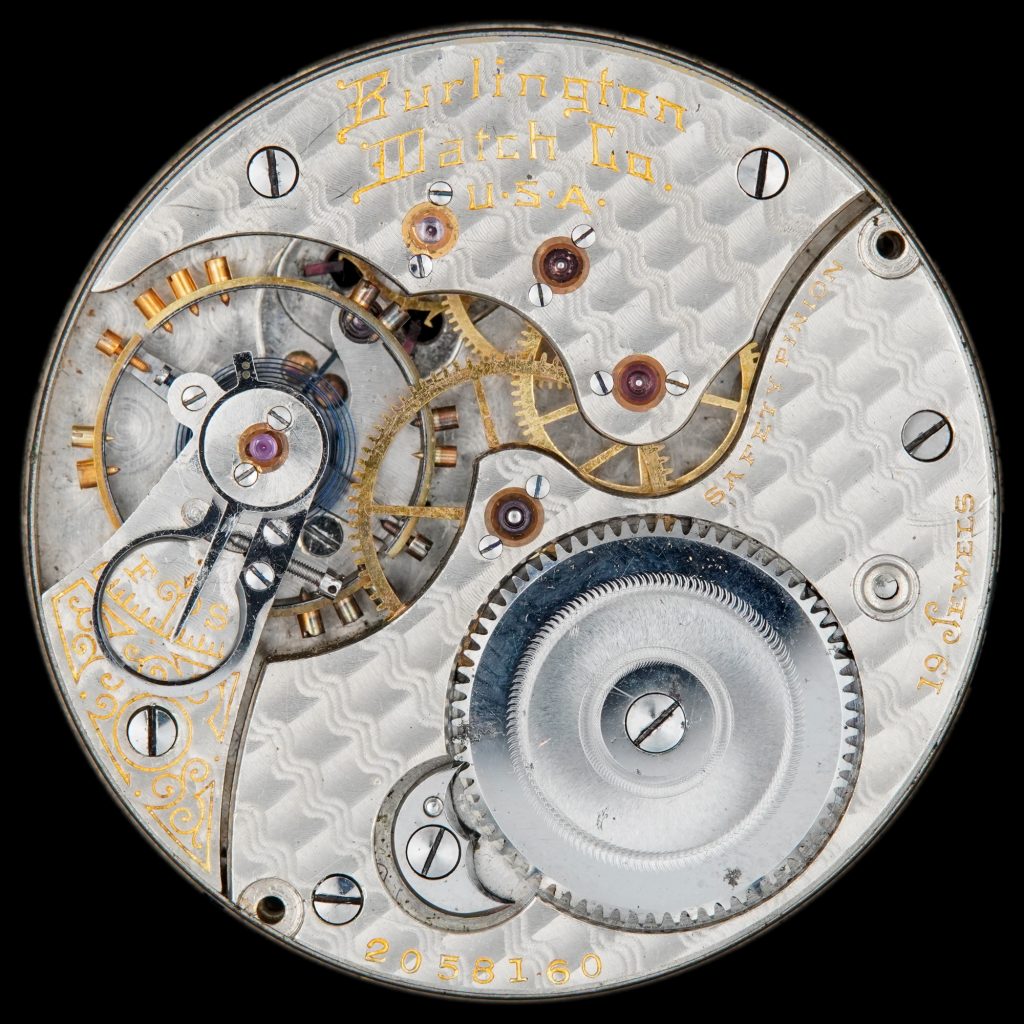
Manufactured by the Illinois Watch Company, c.1908.
The early 16-Size “Burlington Special” watches sold by the Burlington Watch Company were based on the unadjusted Grade 174 produced at the Illinois Watch Company factory.
Despite the lack of adjustment, it did not prevent the Burlington Watch Company from using strategic terminology to hint at premium adjustments.
The 1909 Burlington Watch Company catalog describes the “adjustments” applied to the Burlington Special watches:
“Regulated to Standard Position. After the watch has been assembled at the factory and the customary testing and retesting of the adjustments have been made, it is again regulated to an upright position, the position in which you carry it in your pocket or on your dress.”1909 Burlington Watch Company catalog
This summary implies that when the term “Standard Position” is utilized in advertisements, it refers to the “pendant up” position. Furthermore, this clearly describes a watch that is simply regulated and not “adjusted” for position in the technical sense of the definition.
The catalog then describes provisions for temperature:
“Regulated to Temperature. By the use of varying metals (brass and oreide) counteracting each other in heat and cold, the watch does not show the susceptibility to thermometer changes that ordinary watches show. The so-called adjusting and the expense of process which bring up the prices of otherwise inferior watches are thus saved in the Burlington Special.”1909 Burlington Watch Company catalog
This summary implies that the Burlington Special watch simply featured an expansion balance, standard on nearly every conventionally jeweled watch movement during this era. The company also attacks the practice of proper temperature adjustment, claiming it is a way to boost prices without much benefit to the timekeeping properties of the watch.
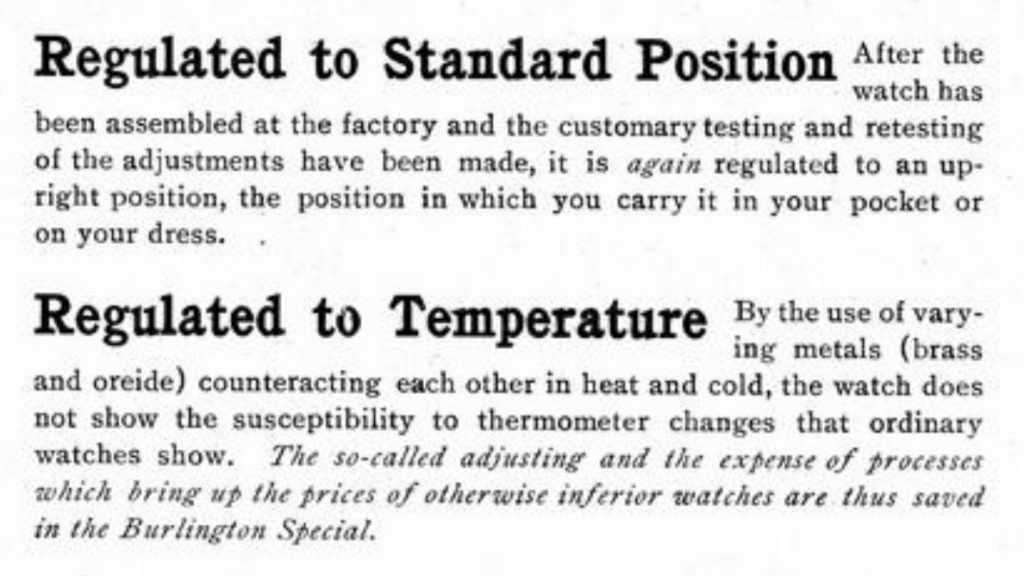
These descriptions support the change from the “adjusted” terminology in 1908 advertisements to “regulated” the following year.
Since some early “Burlington Special” movements are marked “Adjusted to Temperature and Positions,” it appears that the company may have initially sold a properly adjusted movement before restructuring their sales campaign around an unadjusted watch with a slight change of terminology. If the movement lacks adjustment markings, it was simply regulated to a pendant-up position and sent out the door.

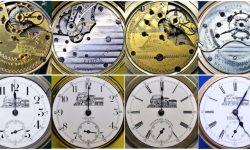
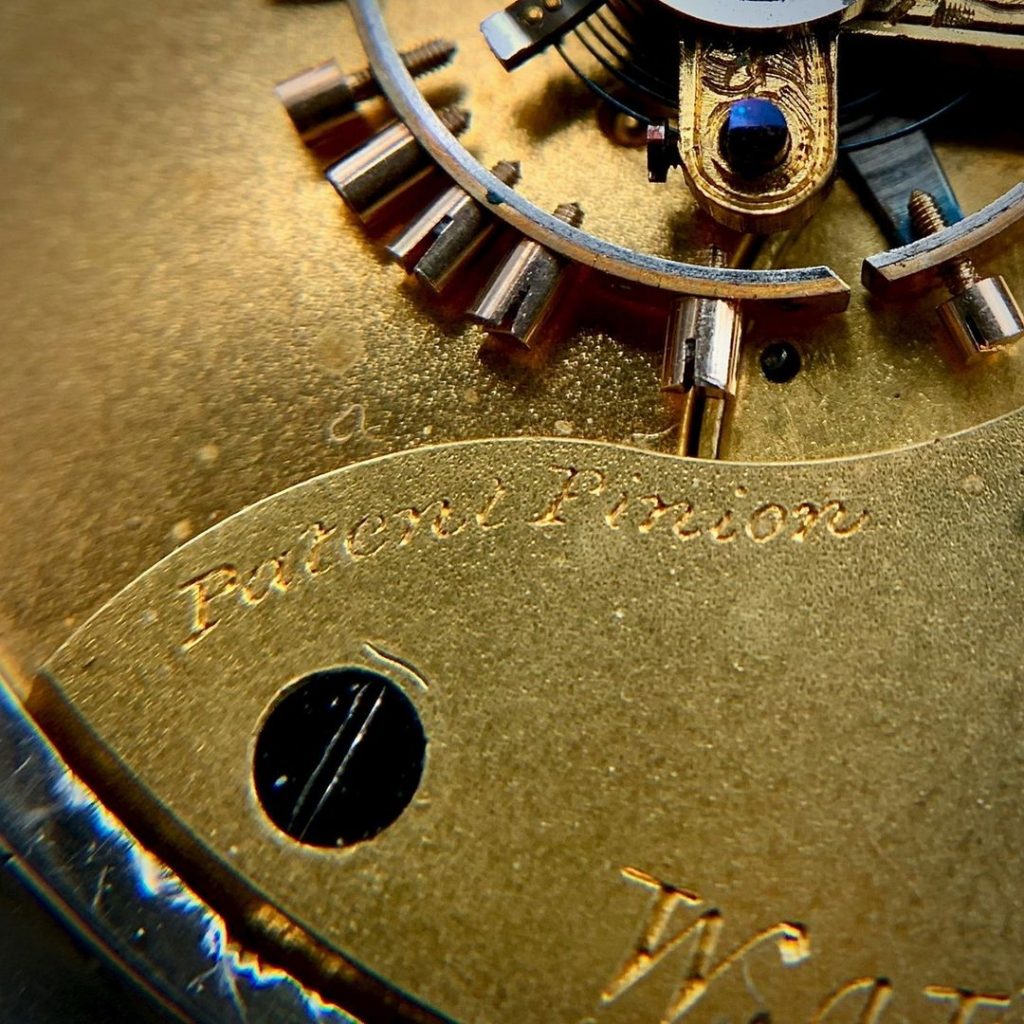
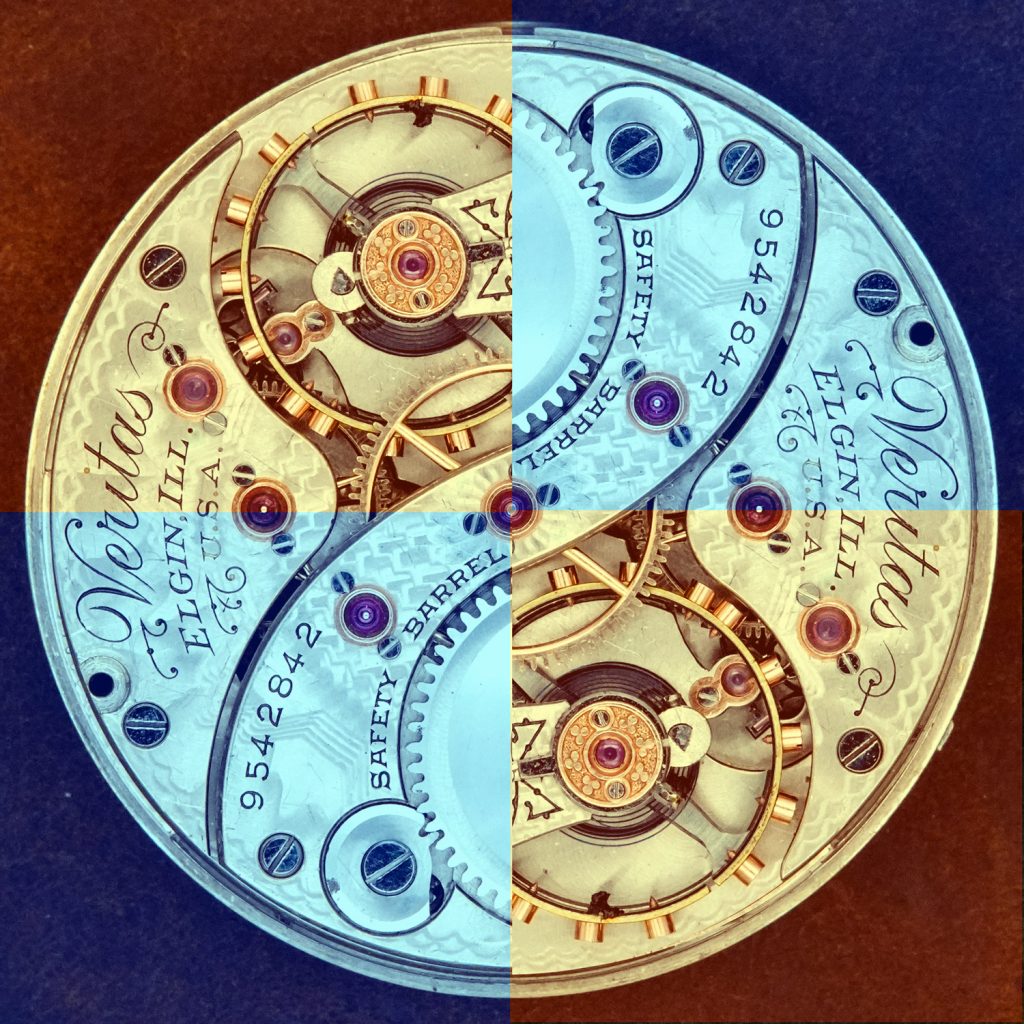
4 Comments